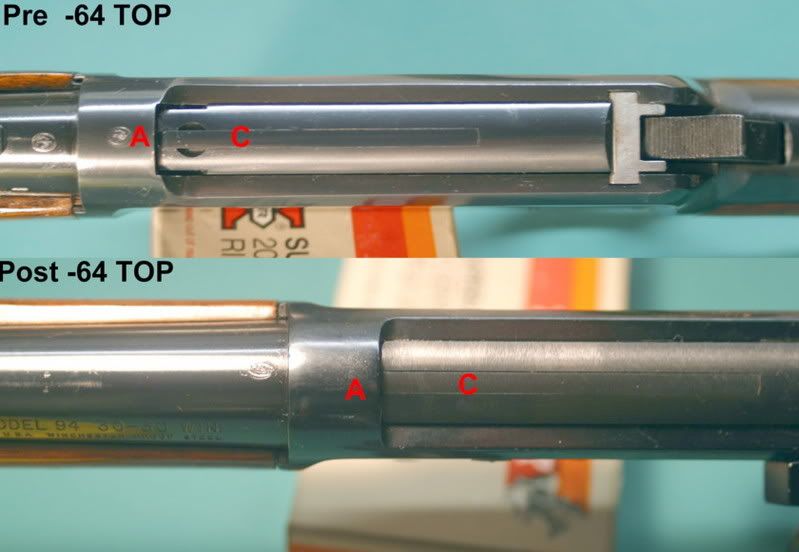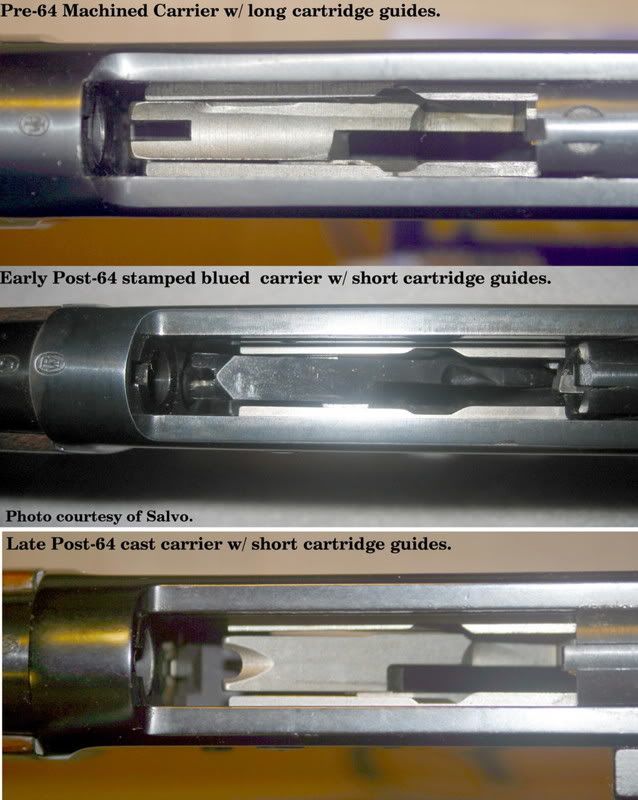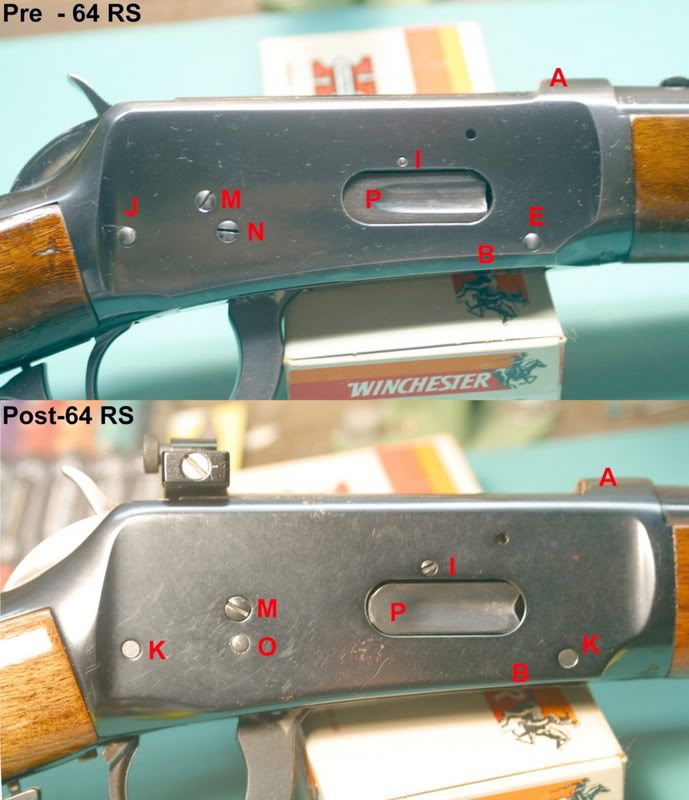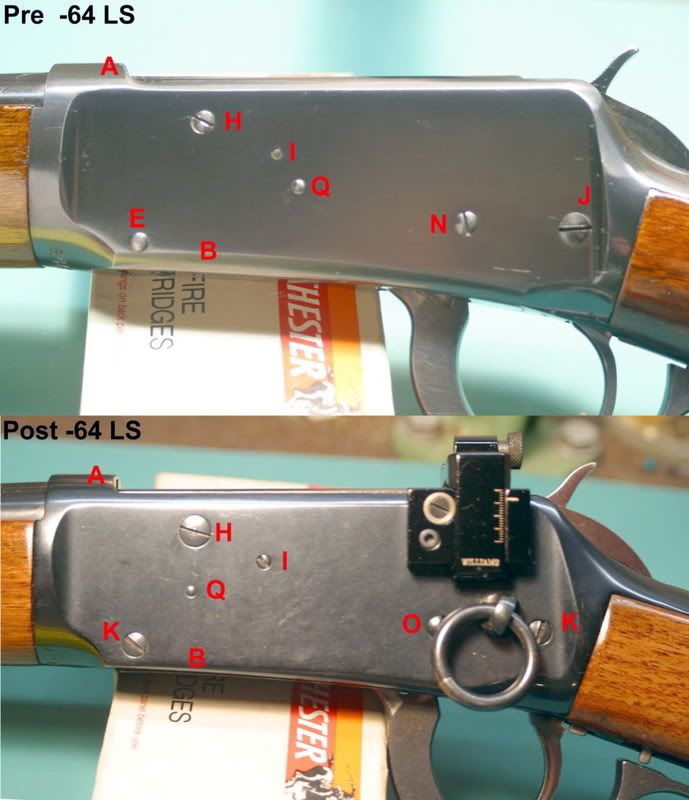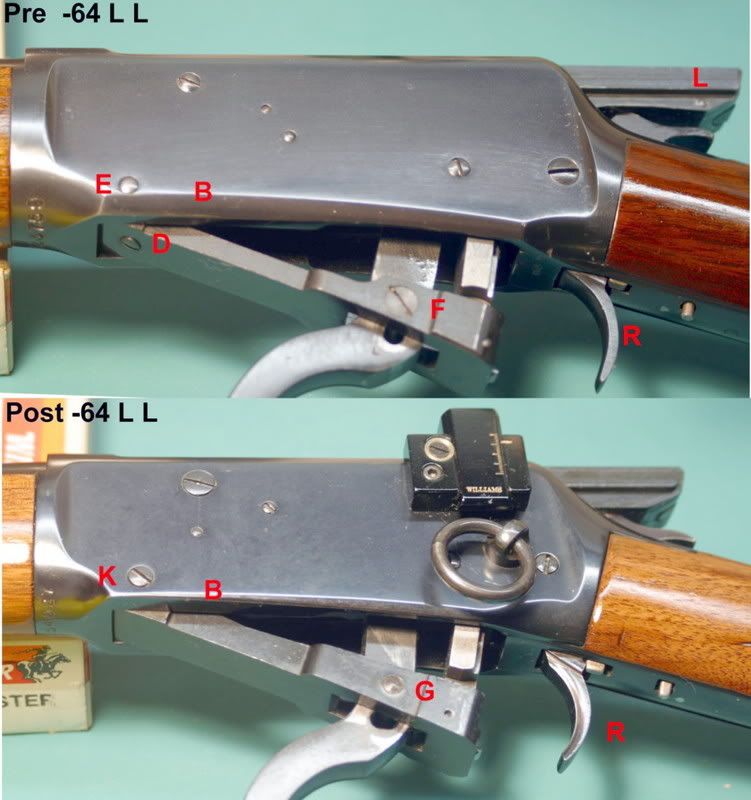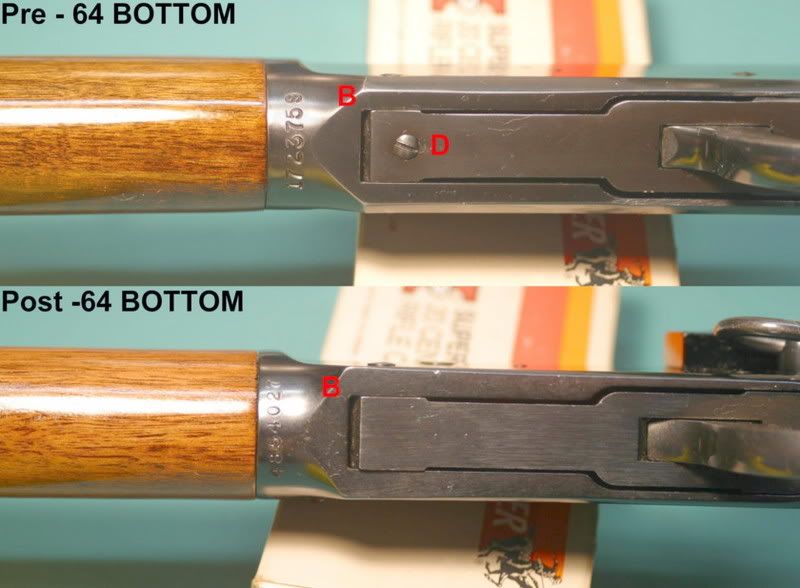... in celebration of 25 years of wedded bliss with Mrs. Hobie was to Alaska and back.
The trip really began with our dog, Bailey, being picked up for the 2 weeks by our oldest daughter. We had been planning this for months (one might even say for years) and had asked her to board Bailey before the dog got sick. Bailey was still sick when we left but on Zeniquin for a urinary tract infection (we've now discovered that her problem was LARGE bladder stones). We also bought a new camera which was used to capture the images shown here.

1 August, 0630 we got on the bus to Dulles to fly to Anchorage via Dallas. Delayed in Dallas for 5 hours, we were up about 24 hours straight before meeting our tour director and hitting the sack for 3-4 hours sleep. I hate air travel, more on my thoughts about that later...
2 August we boarded the train for Denali National Park. We almost immediately entered Elmendorf -Richardson where we were silent as the tracks were the site of a
July 28th C-17 crash. Plane wreckage was still on either side of the tracks and investigators were going through the wreckage as we passed. No photos for obvious reasons.
The train car was an observation type with dining room below. We ate breakfast of eggs and reindeer sausage on-board which was absolutely delicious. The train "guide" was Ingrid a school teacher with a wicked sense of humor and attitude. She was both informative and funny. Went right by Wasilla Lake where Sarah and Todd Palin have their house. We checked into our lodge at Denali and it was pretty nice. We explored the area and had a good time before thankfully hitting the sack for a real rest.
 |
| Cow Moose - she had no calf |
3 August we took the
Tundra Wilderness Tour. Entrance into the park proper is controlled and limited and 75% of the visitors don't get to see Mt. McKinley (Denali) due to weather conditions/cloud cover. We had a beautiful day and saw some beautiful things including McKinley,
moose,
caribou,
Dall sheep,
ptarmigan,
snowshoe hare, and
bears.
 |
| Caribou |
The ride is an upgraded school bus and our driver had an obvious and infectious enthusiasm. He takes this job every summer just for the opportunity to go into the park! He was also very sharp-eyed and spotted game a lot further away than I could. Of course he knows what to look for and how the animals contrast with the background. It is amazing to me, being raised in the Appalachians, how the scale is so different and how far away one can see game. Much different even from California and Texas. The bus was also fitted with a camera which could zoom in quite a bit and display the images on video screens in the bus. This was a big help to many on the tour.
 |
| Mt. McKinley/Denali |
Despite being in a national park, I was a bit surprised at how much game was in the immediate vicinity of this one road. However, everyone really liked that we could see these animals. The bus rocked a bit as people went from side to side of the bus trying to get their photographs!
When we got to our bus's mandatory turn-around point we stopped for photos of Mt. McKinley. According to several sources 25% or less of visitors to the park actually get to see Mt. McKinley. This photo was taken from a point 32 miles away from the mountain. The photo simply can't do it justice. It is simply astounding. We were very lucky to get this view without even a few clouds. Later tours that day were greeted with a mountain-top in clouds. We were very lucky indeed. As I've said, we had to turn-around here, all too soon, and head back.
 |
| Momma Bear with 2 Cubs |
We still hadn't seen any bears and the guide was almost apologetic. While coming off Polychrome he spotted this momma bear way down in the valley across the river. There were also 3 hikers down in the valley and she was headed their way (They didn't meet). We watched as she and her cubs crossed the river and gamboled down the river-bed. My camera has a 7X zoom and this was as good a photo as I could get. They were quite far away. Of course EVERYONE was very excited. We were then too soon out of the park even though we saw other animals on the way out.
Linda and I went back to the lodge and walked around a bit, and rested, before heading out to
Cabin Nite. This was an interesting dinner theater combining all-you-can-eat spare ribs (and more) served family style and
Robert Service's "
The Shooting of Dan McGrew" with audience participation. I thought it was pretty enjoyable.
By the way, price seemed to be on everyone's mind even though so many paid the prices asked. I have to wonder why one would pay to travel all the way to Alaska and then quibble over the cost of something you'd like to see, do or have that isn't even half of one percent of what you spent to get there. Some call it the tourist tax but there is extra cost due to extra transportation expense which one can understand after traveling to and in Alaska for a bit.
4 Aug we awoke and went to our Horse-Drawn Covered Wagon - Breakfast. Another "excursion" we didn't know quite what to expect but my sister-in-law and her husband had enjoyed their dinner by the same folks and so we took the chance. It was quite interesting but not for quite the reason one might expect.
 |
| James Bright |
As so often happens, the most interesting part of visiting new places is the people you meet. Our "guide" and "server" was one James Bright. A local lad with a band,
Slave II Nothing, and big dreams but a practical approach to life (he's applied for a job at
THE coal mine because it is the source of a year-round job). James is only 24 but he explained Alaskan economics very well indeed. He also pointedly commented on how radical environmentalism is costing Alaskans in high electric bills and lack of jobs.
Breakfast was good as well. Eggs, sausage (reindeer sausage) gravy on biscuits, flapjacks, blueberry muffins, hot chocolate, OJ and all the food cooked on a grill by a fellow who looked like a refugee from 1967 but cooked well!
 |
| Rafting |
This afternoon we boarded the train again for Fairbanks. As we left we got a view of the rafters. On the way we had dinner. Of the four options one was prime rib. I expected a rather moderate slice but when served it seemed to be about 1½ pounds. Oh my but was it good. All at our table had it and it was universally praised.
I should take a moment to mention that service in all places was given with a smile. These are great folks that Holland-America hires. They aren't like some we know. They work hard with little apparent supervision.
 |
| Concentrating on making it pay... |
We arrived in Fairbanks and a bit of rest before the 5th. First thing after breakfast we were gone to the
Eldorado Gold Mine and doing some panning. This was a lot fun and included a short "ride" through a mine. After that they take you to the sluice, explain that and then take you to the panning area and hand you a bag of pay dirt to pan out. It was quite a lot of fun and we panned out 13 grains from pay dirt provided. We did have some intermittent rain but no problems. One of the good things about this stop was the free chocolate chip cookies.
 |
| Result from 4 pans... |
We then went to historic
Gold Dredge No. 8 and had a lunch of beef stew before heading down the Alaska Highway by bus to Tok, AK with a stopover in North Pole. The dredge's are huge and were brought in to get the "last" bit of gold from the land. Apparently they were pretty good at it. However, sometimes they missed the
really large nuggets. We were told that a softball sized nugget was found in tailings outside Dawson City by visitors but I can't find any report on-line to which I can link. So, I don't know if that is true but... It would be exciting, wouldn't it? Dredges changed the courses of rivers such as the Yukon several times as they moved up and down the river valleys.
On the way to Tok we stopped at
Rika's Roadhouse in
Delta Junction, AK.
Tok wasn't too big but it was a good rest stop. The hotel (all the hotels were Westmark owned by Holland-America) reminded me of the 1960s. It was comfortable but more rustic than currently the norm in the lower-48. Dinner and breakfast were excellent.
6 August we were supposed to journey to remote Eagle, then cruise the mighty Yukon River aboard the stern-wheeler Yukon Queen (lunch incl.) to Dawson City. This began the adventure part of the trip.
 |
| Beaver Creek Rendezvous |
Alaska, at least this area, had been "enjoying" a very rainy July and roads had been washed out and repaired. On our way we discovered that the road between Chicken and Eagle had been washed out. We were planning to take the more southern route direct to Dawson City and then have a short excursion on the Yukon Queen. Unfortunately, while in Chicken, we discovered that that road had been washed out as well. So, we had to back track and were driven to Beaver Creek, Yukon Territory, Canada for the night. We weren't going to get 2 nights in Dawson City but Holland-America did right by us paying for all meals including the Beaver Creek Rendezvous (more beef stew and roasted chicken). The locals hadn't been expecting us but turned to the task and made our stay very pleasant.
 |
| Beaver Creek Entertainment... |
Still, we didn't know quite what was going to happen. Happily, Holland-America did right by us (unlike some others might have done) and FLEW us into Dawson City. Not just us, but at least 4 bus-loads which we knew of that were affected by the wash-outs. We think that is pretty good as they could have just said they were sorry and bussed us to Whitehorse.
On 7 August we flew into Dawson City, YT. It is a neat little place. If you want you can visit
Robert Service's cabin. They have a museum, pretty interesting, and then there are all the touristy things such as the casino,
Diamond Tooth Gertie's. We went there and saw the show and my better half proved she was by winning $22 at the slots. I never win and have, as a result, learned to not waste my time playing games of chance.
 |
| The five-fingers on the Yukon River |
On 8 August we were on our way to Whitehorse. We stopped at
Moose Creek Lodge for a break and, later, to see the
Five Fingers rapids. Not the safest place on the Yukon River, a couple of the "fingers" (i.e. big rocks) were removed to lessen the danger to river travelers.
We then got to have lunch and later see the "
Frantic Follies" which are actually performed in Whitehorse at the downtown Westmark hotel. It was entertaining and mostly kid safe. I don't know that dance hall girls are really kid safe but some people think so and these are all that terrible. There are a couple of double-entendres in the show.
The next day, 9 Aug, we continued along the
Klondike Trail by coach, past
Emerald Lake, to
Carcross and the
White Pass train to historic
Lake Bennett (lunch incl.) then to
Skagway, AK. Lunch was the best beef stew of the tour followed by the best apple pie I've ever had. I love apple pie, I eat all I can and, yes, this was the best. Oh, and the sourdough bread was good, too.
 |
| View from the Chilkoot Trail down Lake Bennett |
After lunch we had a bit of a walk-about and I got the accompanying photo plus one of me standing on the Chilkoot Trail. Too cool! We then re-boarded the train for Skagway and were bussed over to our hotel.
It is a bit windy in Skagway and, except for Glacier Bay, colder than anywhere else in the 14-day trip.
We also boarded the ship, the
Zuiderdam, on the 10th. Quite a ship. Quite an experience to board as well. They run you through a process as exhaustive and as complicated as any I saw in service but they have got it down and were done within an hour. It was after we boarded that we went to the "musher's camp" to see Huskies and ride on a dog "sled". The dogs were plentiful, the guide attractive, the people friendly and the puppies cute. The camp is located in Dyea, the beginning of the Chilkoot Trail, and only a 30-minute drive from Skagway. Aside from the ride and puppies (when are dogs NOT fun?) we saw the salmon running in the stream/creek and a brown bear feeding on them.
 |
| Brown bear salmon fishing in Dyea, AK |
This part was particularly interesting because, of course, the people running the operation have some liability concerns. They didn't want us to get hurt. So, to look as intimidating as possible to a bear, they tried to get us to walk in a bunched up group back to the bus. This didn't work. At least one of us (guess who) got a photo but I got the shot because there were faster and slower (much) walkers in the group. Frankly, we weren't too worried, the bear wanted to EAT. I guess he wasn't all that different from the rest of us on the tour!
That evening the ship departed for Glacier Bay which promised to be an interesting experience. This time was the coldest of the trip and a lined wind-breaker was a necessity for most (but not all) passengers. I layered with a hoodie and my light rain-jacket and was comfy. The day started foggy and got clearer as we approached the upper end of the bay and the glaciers.
 |
| Margarie Glacier |
The glaciers themselves were quite interesting. The
Margarie Glacier's appearance is deceiving. The face is 250 feet high with another 100 feet below the water level. It advances at rate of 5-6 feet per day. Yes, it "calved" or dropped ice off the face while we watched.
We also learned that the Johns Hopkins and Grand Pacific Glaciers were advancing. This contradicts, yet again, what we're told about disappearing glaciers. We also learned that in 1760 the Grand Pacific Glacier extended to the mouth of Glacier Bay and had a face 1000 feet high. Retreating glaciers, if they are a problem, are not a new phenomenon.
Then we left for
Ketchikan, AK and put in at almost exactly 10 am on the 12th. Ketchikan is a neat place being on an island and only accessible by sea or air. We weren't there long but we had a good time. First thing we had a go at the
Tongass Trading Company (the dock store, right on the pier) and then we took an "excursion" to the
Saxman Native Village and saw some totem poles and learned about their construction and the symbology. Then we went to the
Great Alaskan Lumberjack Show. It might be considered a bit hokey but was great fun. Wood, axes and power tools are nearly as much fun as puppies! We also went to the
Discovery Center which is operated by the U.S. Forest Service (dad would be proud) and looked at their displays regarding the coastal rain forest. By 5:00 it was time to board again and head for Vancouver.
After all that, Vancouver was a bit of a let down. After all, this is where we got off and left for home. I'll leave out the gory details but from the time we reported for disembarkation until we were sitting in the Vancouver airport awaiting our plane took 3 hours of non-stop fun with Canadian and U.S. Customs as well as checking of bags. Then our plane was delayed 4 hours and we missed our connector at O'Hare so that we arrived back in Dulles a full 8-hours late. Little did we know that the excitement wasn't over!
